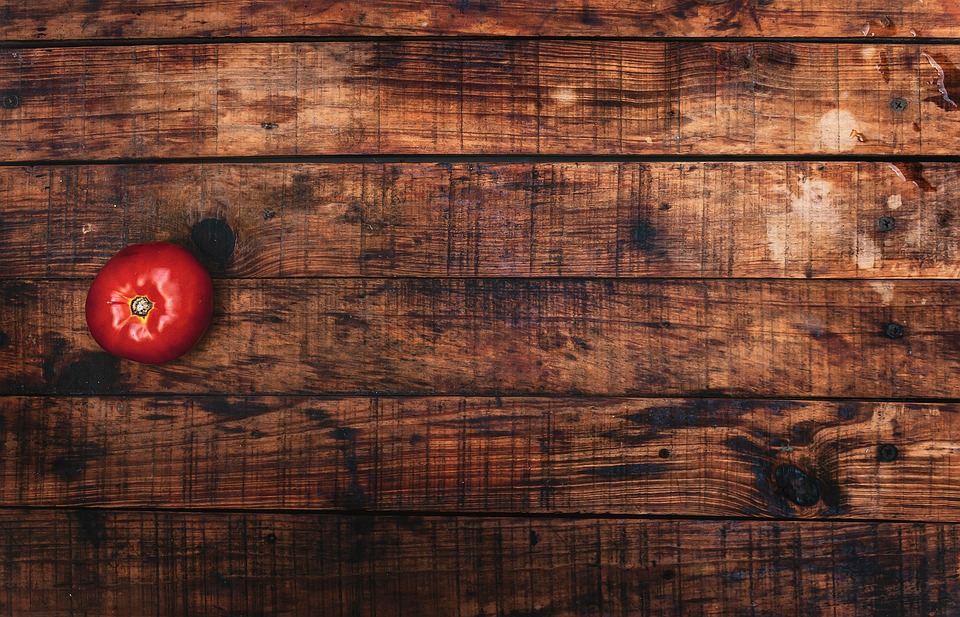In a world brimming with creativity and innovation, the idea of mixing and matching concepts has emerged as a powerful means of expressing individuality and vision. Whether in fashion, interior design, art, or even event planning, the ability to blend styles, colors, and themes offers endless possibilities. Here’s a deep dive into how you can effectively mix and match elements to craft something uniquely yours.
Understanding the Basics
Before you embark on your journey of blending themes, it’s crucial to grasp the fundamentals:
-
Know Your Elements: Identify the key themes or styles you want to incorporate. Whether it’s vintage, modern, rustic, or eclectic, understanding the essence of each theme will make it easier to determine how they can harmonize.
-
Color Palette: Colors are pivotal in setting the tone of any theme. Pick a color palette that resonates with your overall vision. For instance, soft pastels can complement a vintage theme, while bold, bright colors may enhance a modern aesthetic.
- Textures and Patterns: Just as colors can work together or clash, textures and patterns can elevate or confuse your design. Pair smooth surfaces with rough textures or mix floral patterns with geometric designs for a dynamic look.
Mixing and Matching in Different Contexts
1. Fashion
Fashion is perhaps the most apparent canvas for mixing and matching. The key to a successful outfit is balancing different styles and colors:
-
Layering: Combine different lengths and styles. A casual tee under a sleek blazer or a bohemian maxi skirt with a structured denim jacket can create an exciting visual contrast.
- Accessorizing: Use accessories to blend themes effortlessly. A vintage handbag can bring a classic touch to a modern outfit, while oversized sunglasses can add flair.
2. Interior Design
In interior design, mixing themes can transform a space from mundane to extraordinary:
-
Focal Points: Determine a central theme, like minimalist or bohemian, and create focal points that reflect this. For example, a minimalist room can feature vibrant, eclectic artwork to create interest.
- Furniture Styles: Style mismatches can work beautifully. Pair a rustic wooden table with sleek metal chairs or mix modern art with vintage decor.
3. Event Planning
Event themes provide a tremendous opportunity for creative mixing:
-
Combinations of Elements: For a wedding, blend rustic charm with elegant sophistication. Think wooden table settings adorned with luxurious linens and ornate centerpieces.
- Lighting and Ambiance: Experiment with ambient lighting that resonates with both themes. String lights can add a whimsical touch to a formal event, enhancing the overall mood.
Tips for Effective Mixing
-
Start Small: If you’re new to mixing and matching, begin with one or two elements. Gradually expand as you gain confidence and clarity in your design vision.
-
Stay Cohesive: Ensure that your final composition feels coherent. While mixing styles is exciting, dissonance can lead to visual chaos.
- Trust Your Instincts: This is your creative pursuit! Trust your gut feelings when it comes to blending elements. Personal preferences ultimately lead to the most authentic expressions.
Conclusion
Mixing and matching themes is a delightful exploration of creativity that encourages individuality and innovation. Whether you’re putting together an outfit, designing a room, or planning an unforgettable event, the key lies in understanding how different elements can complement one another. So, feel free to mix, match, and tweak these ideas to create something that reflects your unique vision. The only limit is your imagination!



